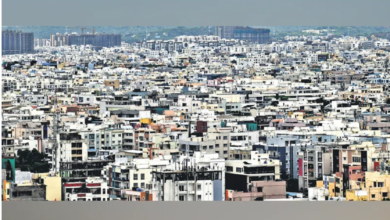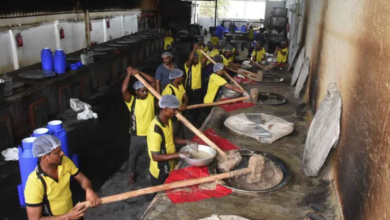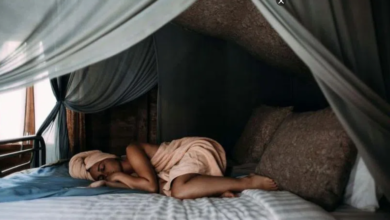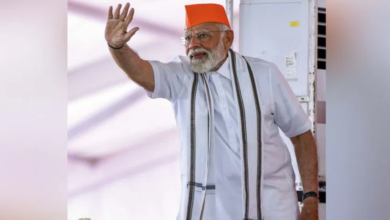Dr BR Ambedkar Telangana State Secretariat: What the architects have to say

As the building receives the final touches before the grand opening ceremony on February 17, here is what the architects of the new Secretariat, have to say.
Hyderabad: In less than a month, the State will have a new landmark, with the Dr. BR Ambedkar Telangana State Secretariat building, the nerve centre of the State’s administrative machinery, all set to be inaugurated by Chief Minister K Chandrashekhar Rao. As the building receives the final touches before the grand opening ceremony on February 17, here is what the architects of the new Secretariat, Chennai-based Ponni M Concessao and her husband Oscar G Concessao of Oscar & Ponni Architects, have to say.
The Concessaos designed the new Secretariat building as per the architectural and Interior design brief given by the Chief Minister and the Roads and Buildings department.
“The Chief Minister spent several hours and days with us in the finalization of floor plans and reviewing the elevations and the intricate details of the architecture and the Interiors of the new Secretariat,” said Ponni Concessao, pointing out that they had to design all the spaces to accommodate the Chief Minister’s floor comprising of the Chief Minister’s Chambers, Conference rooms, Ante room, Cabinet rooms, large waiting halls for VVIPs, officials and visitors, as well has chambers for the Chief Secretary, Advisors, Principal secretaries, meeting halls, and support staff workstations.
A few floors had to be designed to accommodate the several Ministers’ Chambers, conference rooms, ante rooms, waiting areas, offices for Principal and Joint secretaries, support staff, lunch room and toilets. A few floors have been planned for Secretariat department officials and support staff. The lower ground floor has been designed for services and arrival lobbies and entries and exits. The overall master plan has been zoned for the Secretariat building, ancillary buildings for Visitors, Police personnel, fire department, crèche, Utility building, Temple, Mosque and Church. Ample space has been planned for landscaping, hardscape with stone pavements, and soft-scapes comprising lawns, native trees, fountains, parking for VVIPs, Staff and visitors. The entire Secretariat complex is well fenced with 16 feet high metal grill designs, she said.
On the challenges faced at the time of designing the project, Concessao said the Chief Minister had discussed in detail the master planning, Vaastu principles, site grading, and floor by floor zoning of the different components of the Secretariat.

“We had to plan and design the several spatial components and the facades of the Secretariat and we had to discuss the updated drawings and several options on a daily basis for almost two weeks. It was quite challenging as it was during the Covid -19 lockdown, so we had staff working from remote towns, taking flights during the peak of quarantine, as well as very interesting work on the nuances of the functioning of the State Secretariat.
The challenges continued after that too.
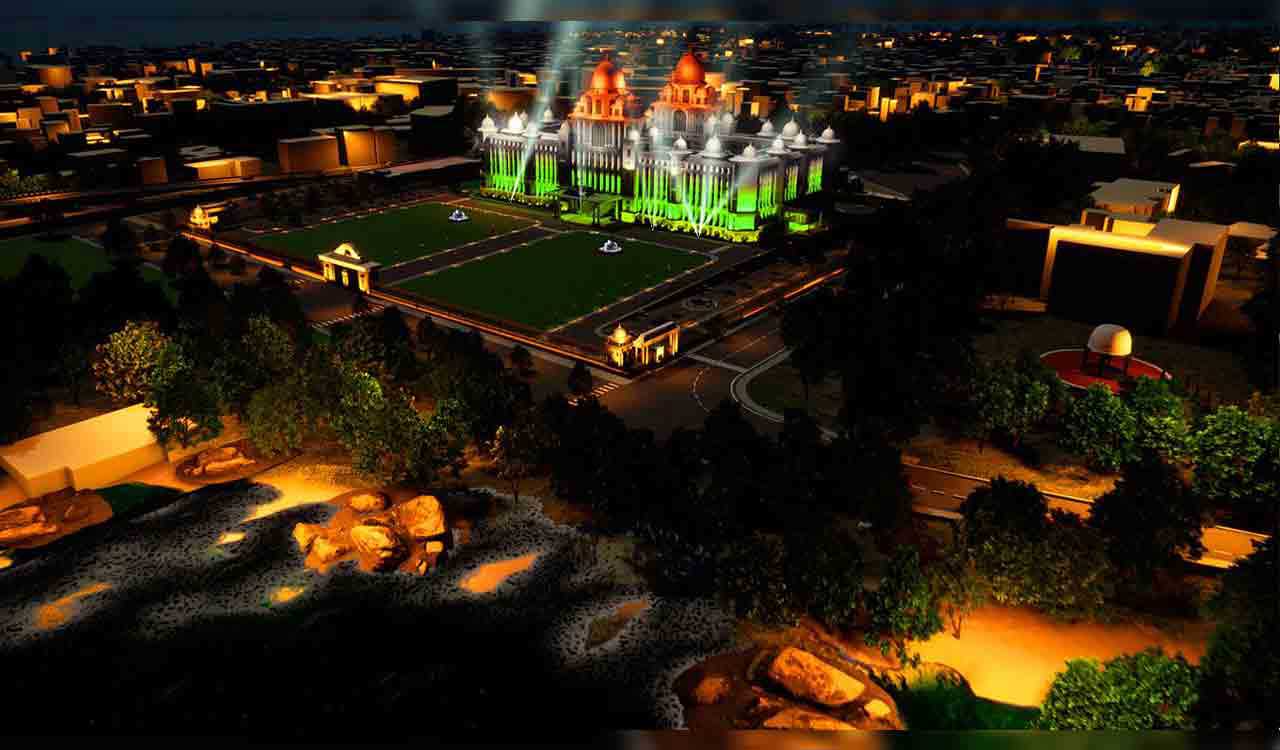
“During the project implementation we had very deep structural foundations as one of the requirements given by the Chief Minister was that the building should last 150 years. So during excavation, we had a few rocky terrains and we had to cut down the rocks which was quite challenging at times. The construction of the foundations and slabs went on smoothly, the structure being large spans, we had several shear walls to distribute the large span structural loads and we had used Post Tension technology for the structural systems. We also had to face construction labour issues due to several Covid – 19 lockdowns, quarantine and interruptions on the progress of pace of construction. The entire structure is complete and finishing works are in progress. The several domes of different sizes are being implemented using structural steel ribs and concrete. The elevation facades and aesthetic design elements are being executed with glass reinforced concrete.
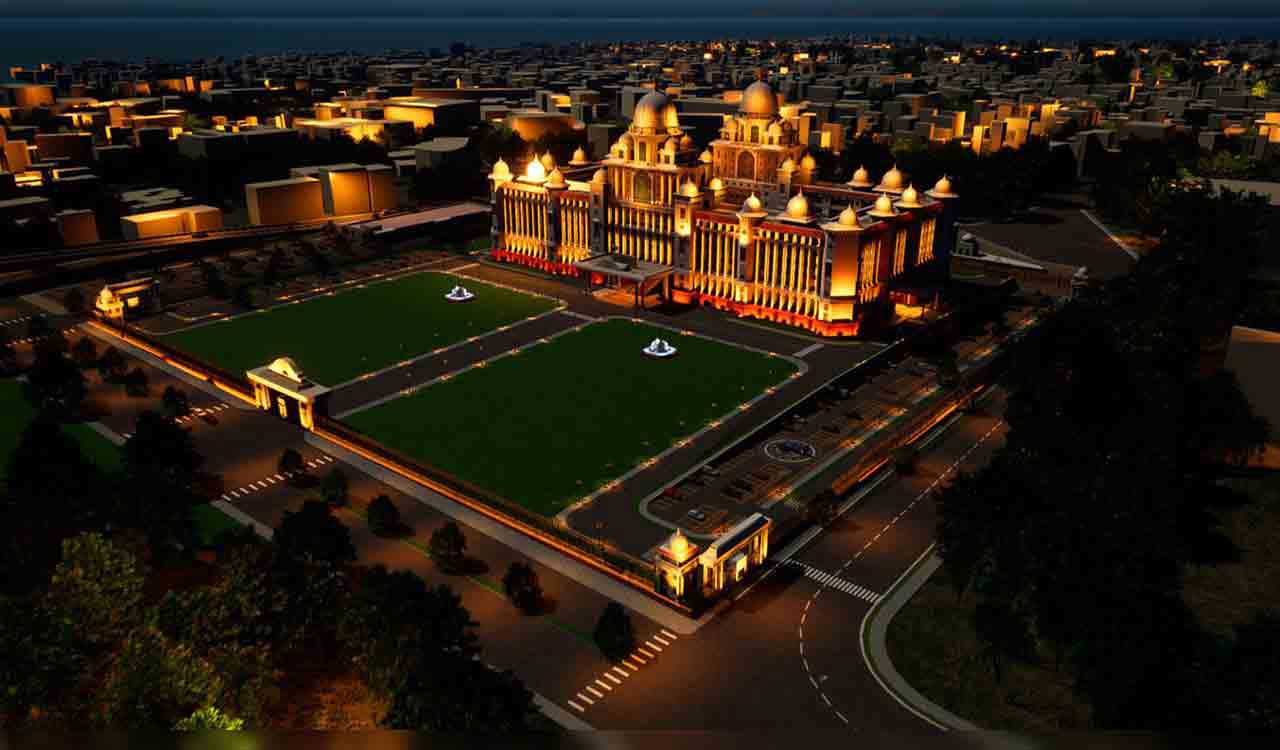
On the unique features, the Concessaos said the planning concept for the Secretariat was based on Vaastu. The architectural styles are predominantly Classical Deccan Kakatiya which symbolizes the secular and heritage continuity of contextual architecture. The ideas and inspirations of the domes on the façade of the imposing Telangana Secretariat are from the Temples and Palaces of Telangana.
“The design inspiration is twofold, one is the cultural and harmonious blend of heritage architectural style of Telangana and the other source of inspiration is of course Lord Shiva with specific reference to the Neelakanteshwara temple located close to Hyderabad and Wanaparthy Palace. The dome and allied architectural features are inspirations from Temples, dedicated to Lord Shiva and a wonderful example of Hindu Deccan Kakatiya architecture, and also dome inspirations from Hanuman Temple at Salangpur, expressing democracy in architecture, grandeur, simplicity and beauty,” Ponni Concessao said.
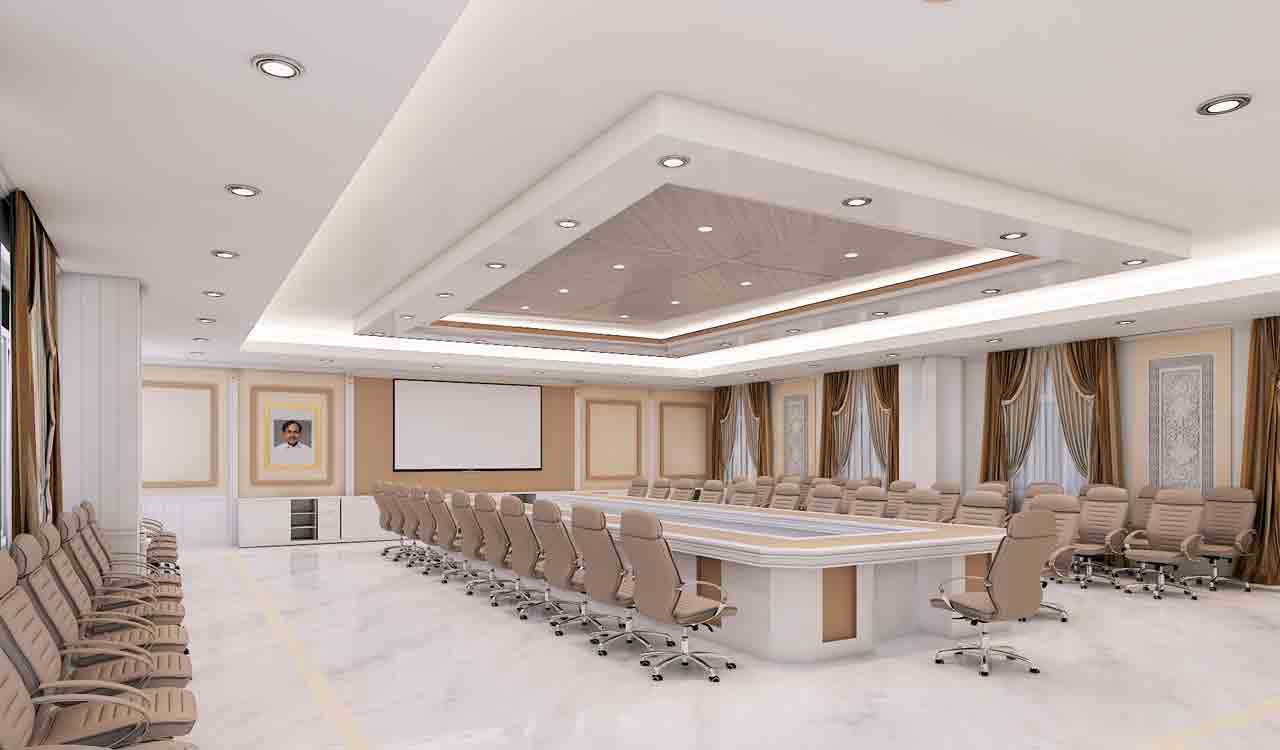
Conference Hall
“The overall design philosophy and the exterior architectural character and style are the fusion and synthesis of the diverse cultures and heritage of the dynamic history of Telangana,” she said, adding that the exterior podium cladding would be red sand stone and the central tower would be with Rajasthan’s Beige Dholpur sandstone cladding. The beige colour psychology is reliable, dependable, flexible and color beige is neutral, modern, urbane, calm and relaxing. The other areas are in white color and the psychology of white is purity, new beginnings, and integrity,” she added.
“The building scale is more compact with the site. The scale and proportion of the building gives a feel of monumentality and classical symmetry. The distribution of entrances, cores, service cores and toilets are as per Vaasthu Shastra. Alongside design for all lifts, fire staircases, utility rooms have been planned.”
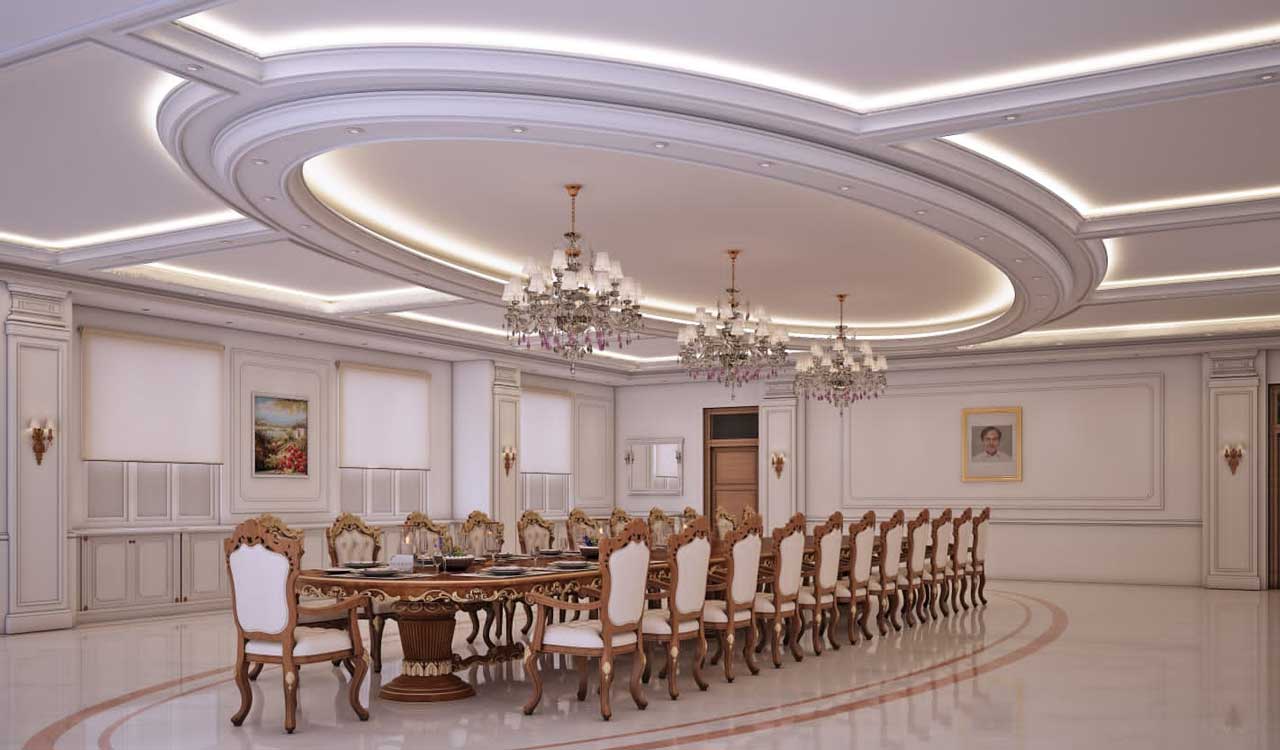
Dining Hall
Easy accessibility
The main entry is located on the East side, and a separate entrance for the Chief Minister. The Chief Minister’s floor is on the 7th floor and has been designed for Vaasthu compliance for Chief Ministers Chambers, Cabinet meeting hall, Chief Secretary, Advisors, Personal Secretaries, Support staff, VIP waiting areas and a separate Chief Minister secure entry and drop off.
The organization of function, sequences and space within the spaces are connected through corridors. The courtyards in the buildings are great boosters for the flow of natural air and ventilation. The services such as stairs, CM lifts, Minister Lifts, visitor lifts, Fire lifts and physically challenged ramps are easily accessible from stairs and service ramps.
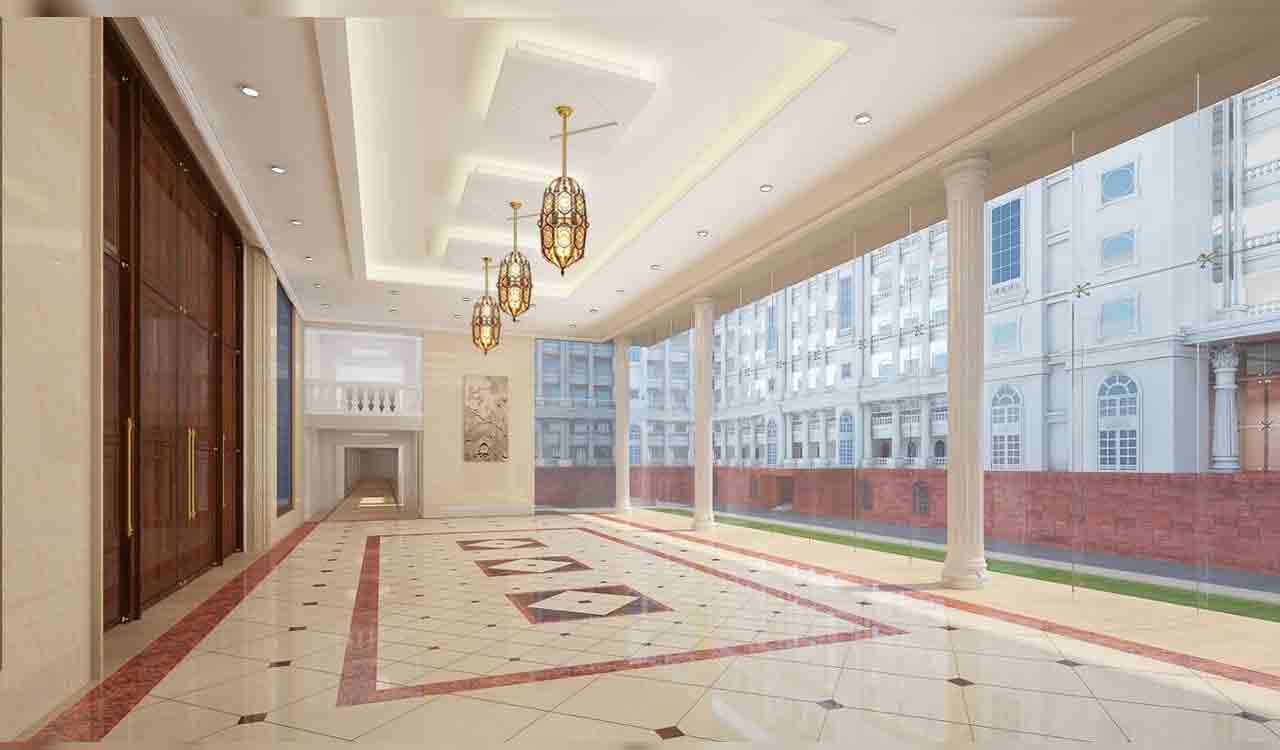
Grand Entrance Lobby
The Architectural elevation style is incorporated with the traditional Deccan Kakatiya style which is majestic and with grand monumentality. The pillars and facade pilasters are well decorated and ornamented.
Planning
The plan is designed in rectilinear fashion with respect to the site. The main building has a lower level, Ground +6 floors and the centre tower is 11 floors. The total building area is approximately 10 lakhs square feet. The building has a grand imposing entrance with a 15 feet high entry podium with a 3 storey arrival grand portico. The grand entrance is a 2 storey entrance atrium which is the centre of the building and the interiors with Telangana mural art, LED wall showcasing Telangana developments.
The green spaces help in control of air as well as the reduction of carbon emission from the building. The large interior courtyard which is the “Brahmasthanam” has the Red sandstone podium wall.

Multipurpose Hall
The building has smart systems such as smart lighting controls like motion sensors, timers, automated switches, dimming controls and energy efficient equipment. The latest in security and surveillance technology will be adopted for the Telangana Secretariat.
The Architects
Ponni M. Concessao, a Keralite, did her schooling at Church Park Convent, Chennai, B. Arch from the National Institute of Technology. She was the first female student to get admission in the all boys Engineering College. She did her Master’s from Cornell University and Harvard University, USA.
Oscar Concessao did his schooling at the St. Aloysius Institutions, a small coastal town of Mangalore and his B. Arch Degree from the National Institute of Technology, Tiruchirapalli, and Master’s Degree from the University of Oklahoma, Norman and Harvard University, USA.


